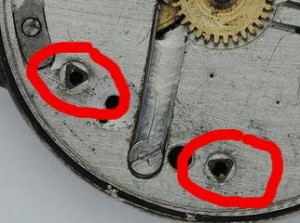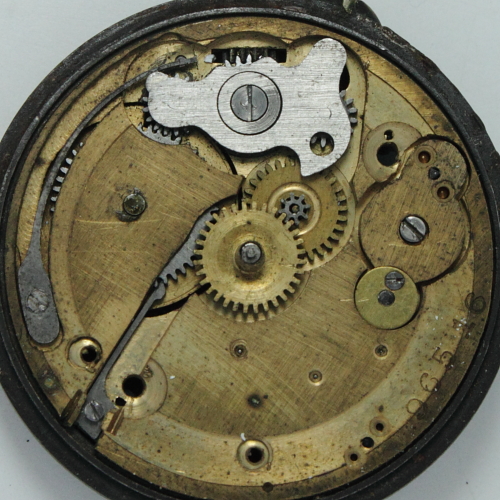I’m continuing with the task of attempting to define which calibres were LTG in origin and which were M&ST. My main aim in doing so is an attempt to shed some light on the currently unknown history of that company. We have a fair outline of who M&ST are and how they developed, but LTG appear to have appeared fully formed and we know almost nothing at all about them.
We know that they produced both lever and cylinder calibres, and they did better in the Exhibitions than M&ST. Having lever calibres and had patented a stem set mechanism when many companies, including M&ST were still using a pin set technique though they were not of the upper tier of watchmakers. The picture then is of a reasonably technically competent company.
The first calibres that I and I think others associate with LTG are those that carry the stem set patent, and these are always found with a particular design of calibre – without a centre wheel, which is now a very popular calibre layout.
Putting these aside, the starting point is the 18 ligne calibre 33 (a number assigned purely for my reference). This is one I’ve discussed before, but to me it is the key to understanding LTG. One of my examples is marked LTG with a dial marked Marlboro, the other two are unmarked but have Roamer dials. The LTG marking would suggest a pre merger date.
Points to note. Lever calibre, stem set, rocker setting with its wire setting spring offset to the side and stop arms to limit movement. Note also the click design, Both rocker and the click were used by many others but the distinctions are in the details. Note too the distinctive pear shape of the hairspring stud carrier,and the decoration of the bridge plates.
The stem setting is interesting because it took until around 1920 for M&ST to change over from pin set of the rocker on their calibres.
The similarity with the MST 6 which is an 18 ligne cylinder calibre immediately become obvious
Note again stem set, rocker setting with offset spring, click design, pear shaped hairspring stud carrier and bridge decoration.
Of course none of these things in themselves are conclusive, and there are some obvious contradictions. One example of this is the calibre 36, but this is a lever set design for the US market and I can’t date it, so it may be a later product. To the 6 we can of course add the 7 and the 12/13 as the latter are merely size variations.

This is the 12 and the similarities are the same.
This perhaps then reveals the cylinders that we know from the adverts that LTG produced. Here for comparison is a typical M&ST cylinder layout.
Note the pin set, rocker setting with proper spring, slightly different click and triangular hairspring stud carrier.
So what of the other lever calibres? The ones with the patented markings have a hidden keyless works so instead let’s start with one that also has a Marlboro marked dial, with a calibre 139

Of course the lever calibre was always more expensive and so a better product is to be expected, although of course some of it is for show.
Note here the stem set, but with a better keyless mechanism with the side set wire spring, click moved to the other side, pear shaped hairspring stud carrier and the typical bridge decoration.
The 137 has a variation on the keyless works.

The 154 is more typical of the 139 but instead of the set lever being held in by the base plate, there is a setting bridge, the design of which is quite distinctive.

Lets move to what we understand to be the first lever wristwatch calibre – the 157
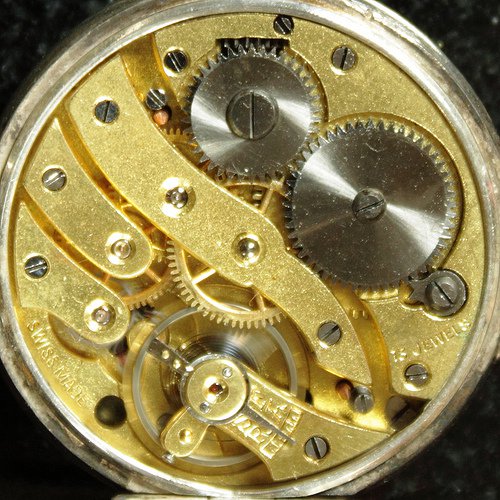
This is stem set with the same design of keyless works and the same pear shaped hairspring stud carrier. At this point the M&ST cylinder calibres were still pin set rocker movements. As far as I can see this calibre is a pure LTG design. The flaw in the argument presented here lies in the 154 connection. Although I have one watch with a calibre 34 that has the typical LTG bridge decoration, it isn’t signed LTG. This may mean that the setting bridge modification happened after the merger, but it seems somewhat of a moot point since the design is a modification of an LTG one.
I have suggested that the 202, released in the early 1920’s, which seems to be the first ladies wristwatch lever calibre is more of an M&ST product as it uses the triangular hairspring stud carrier, but the reality is that the keyless works are pure LTG – and indeed all of the calibres I own carry the LTG logo.
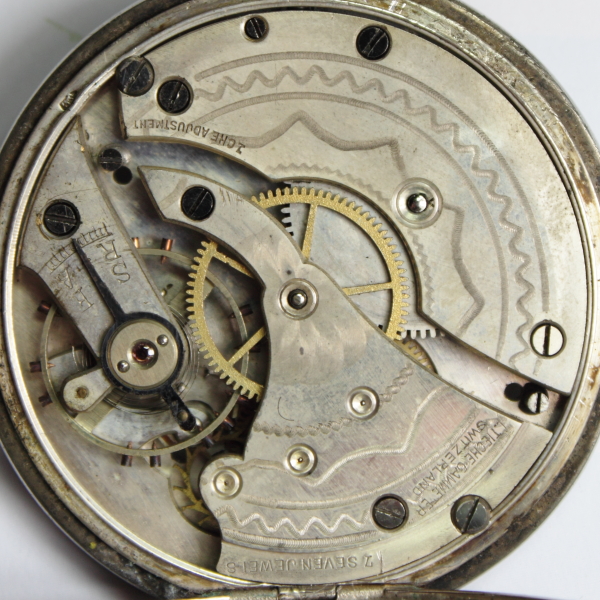
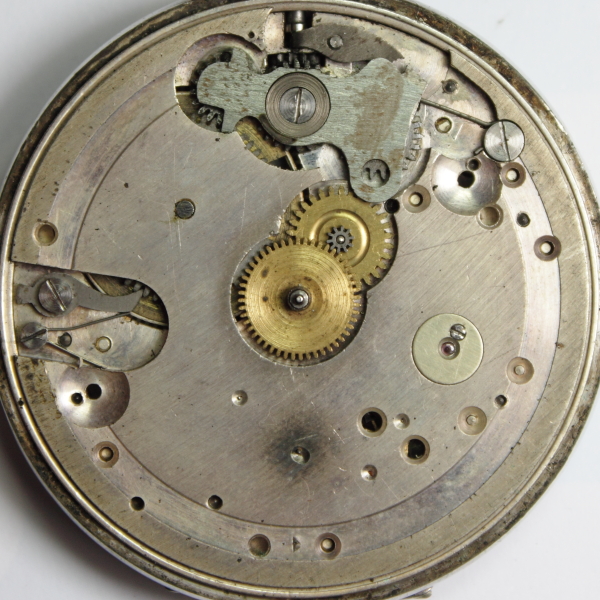
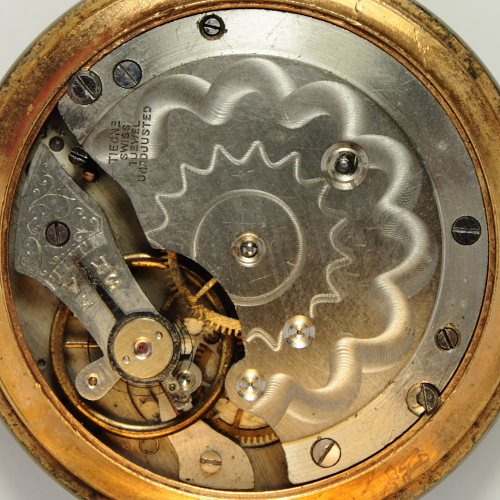
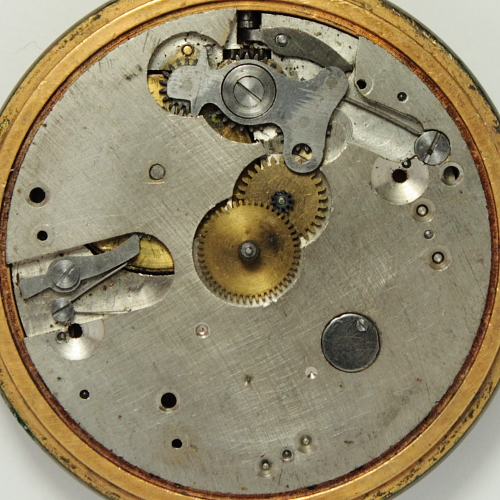







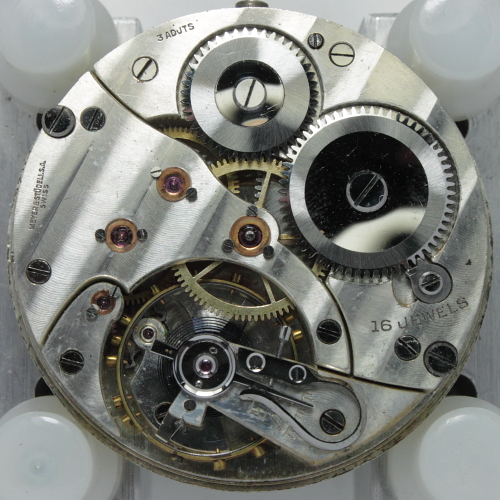
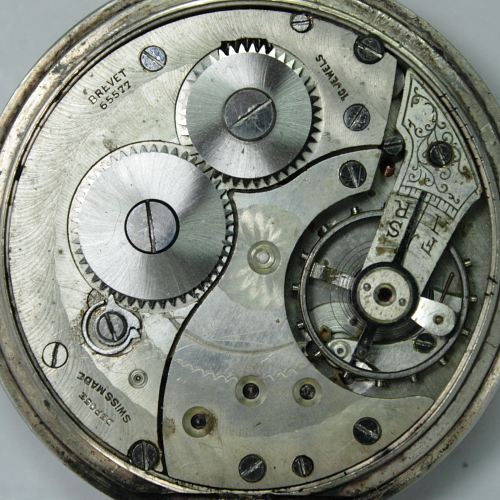
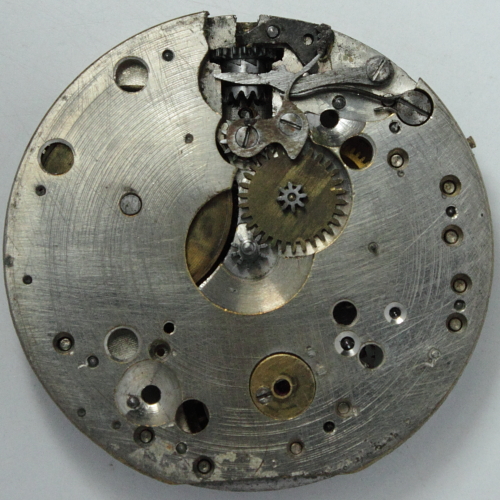
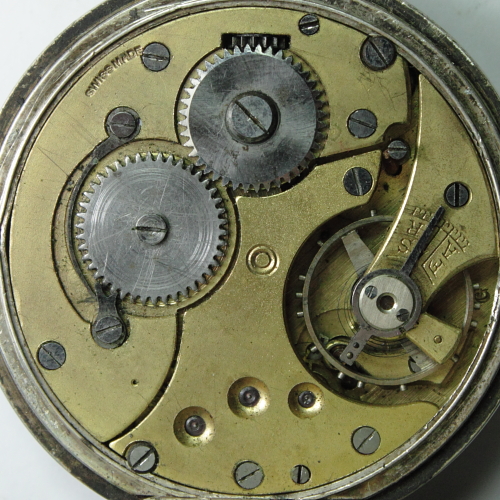
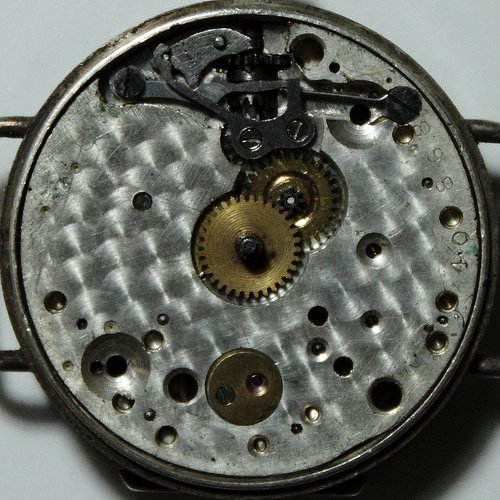
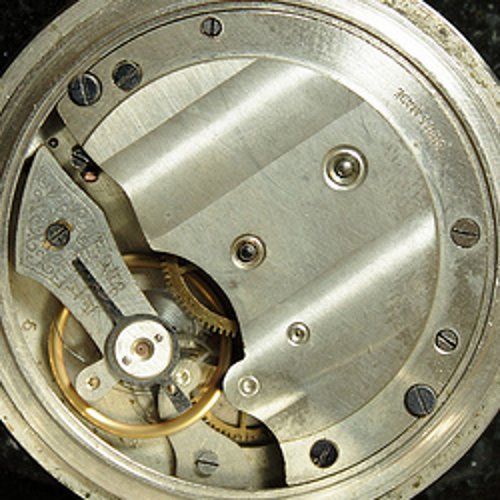



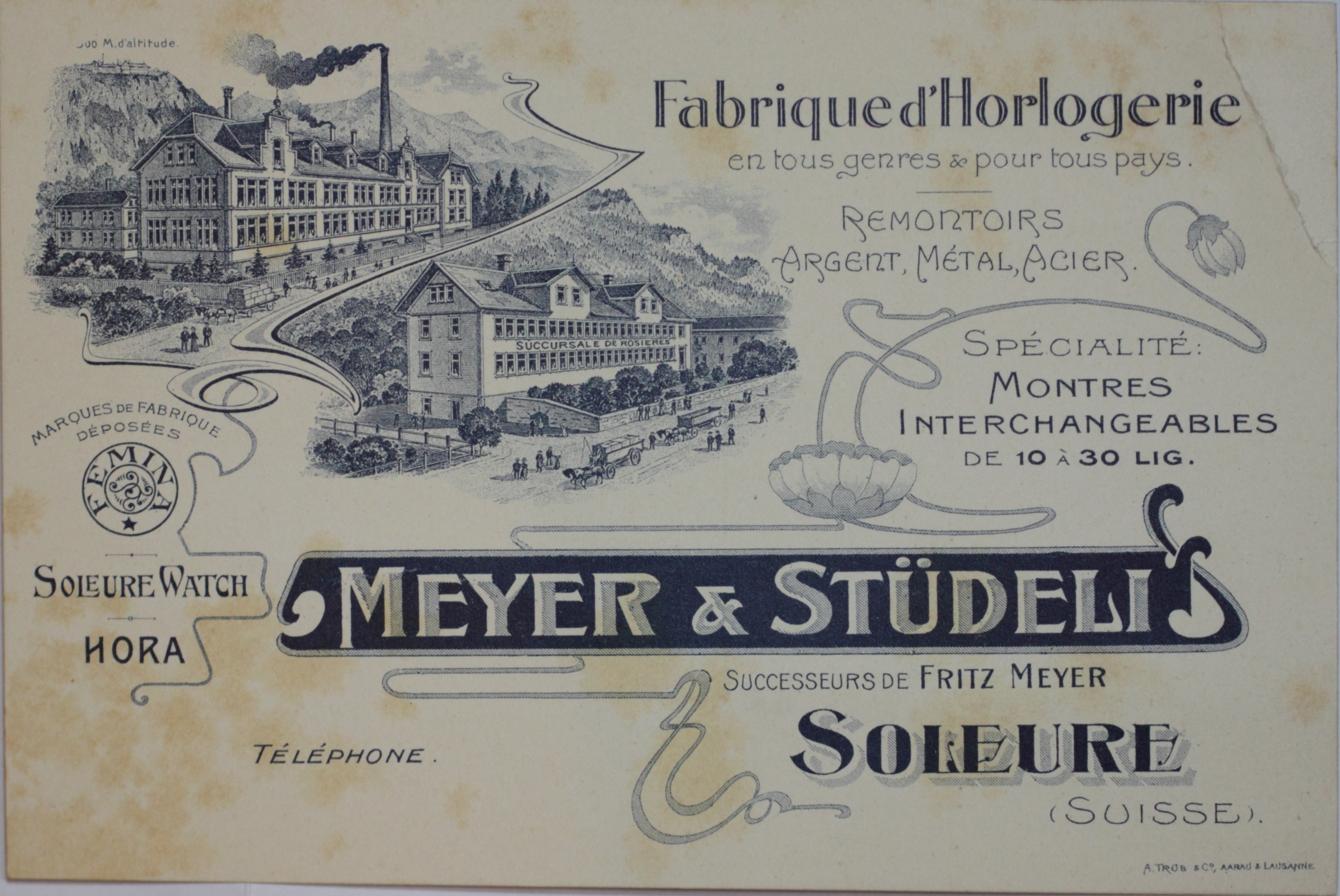
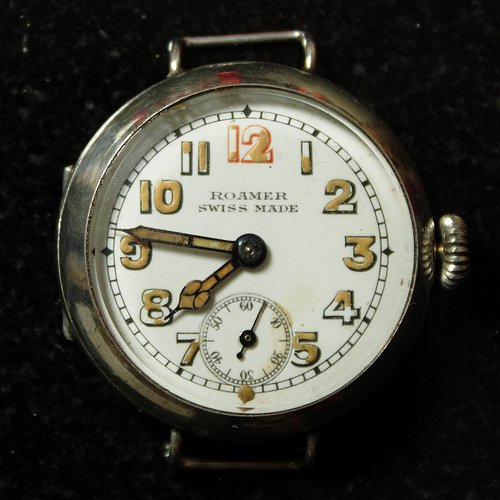
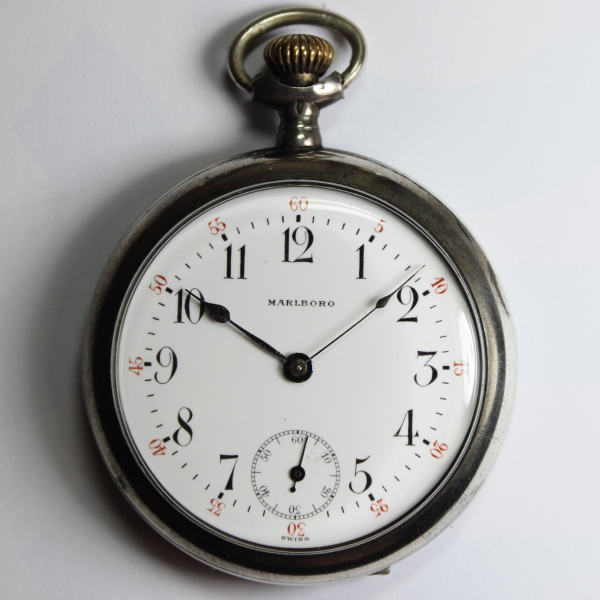



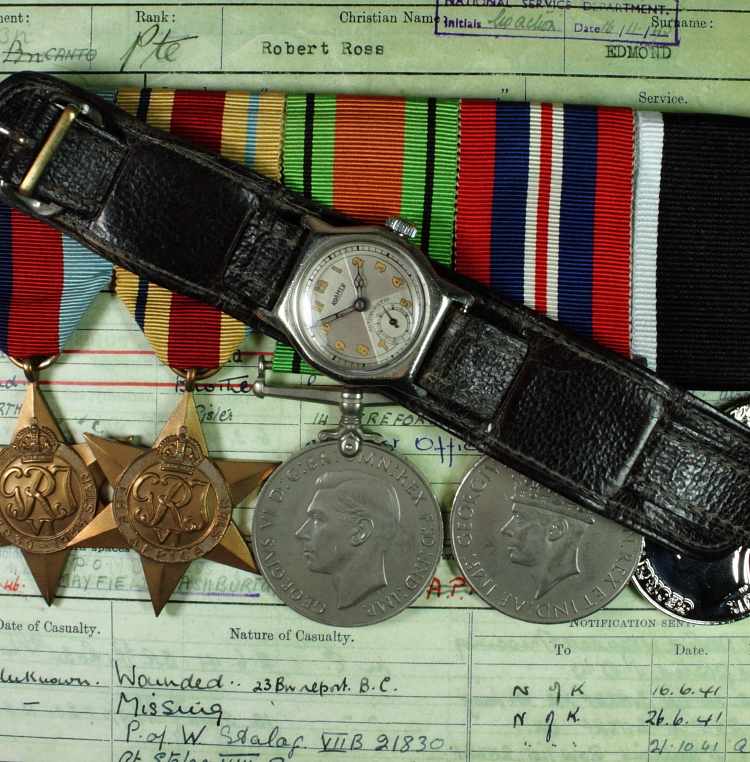
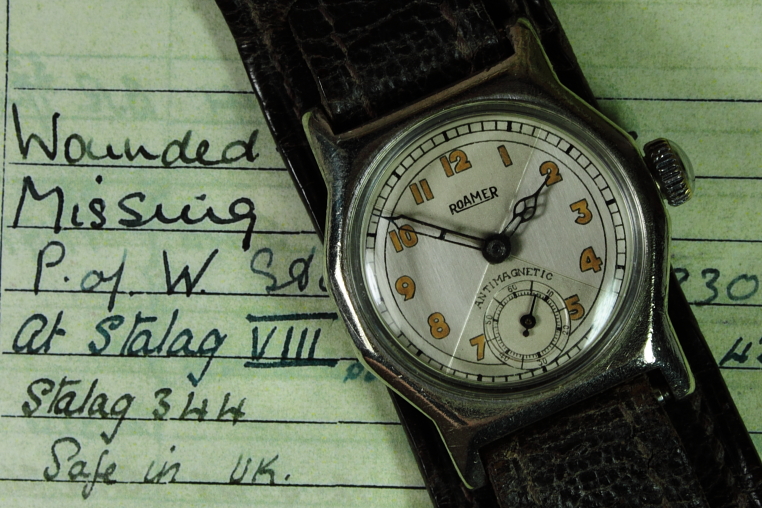
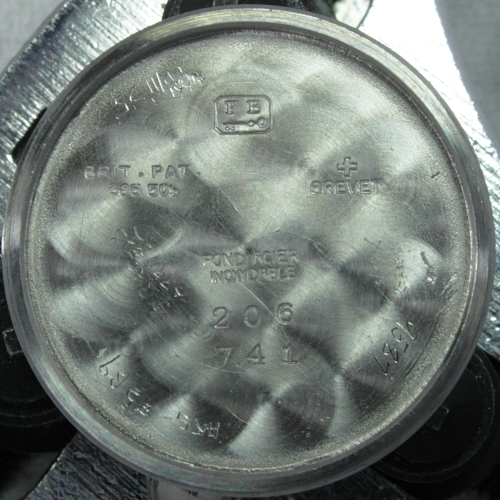
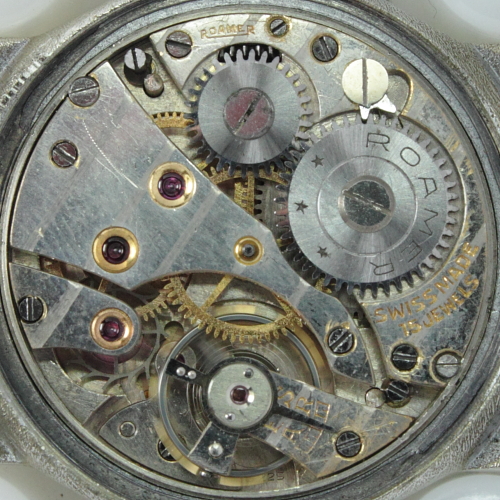
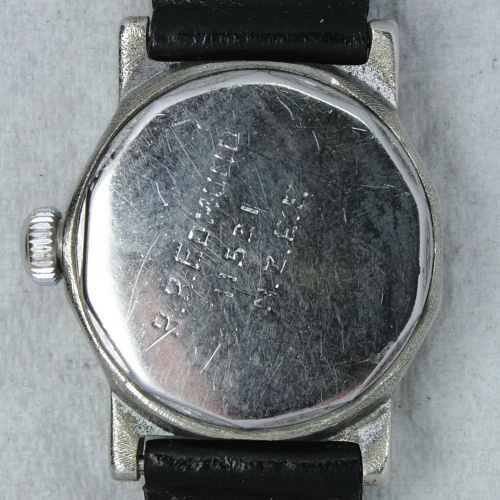
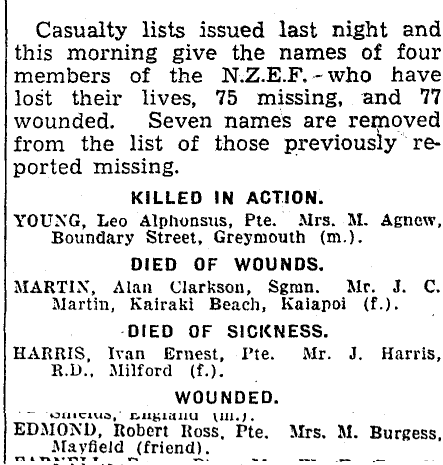
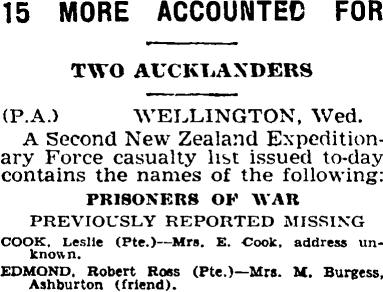

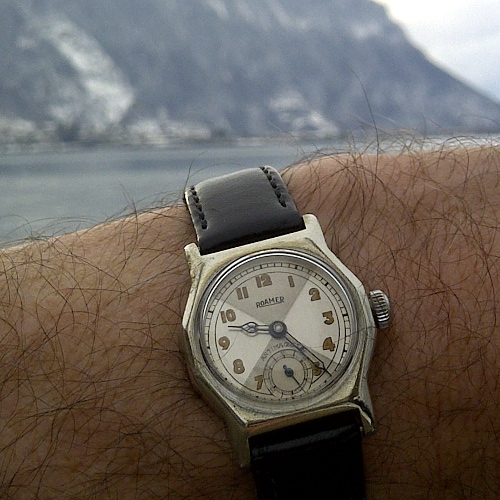
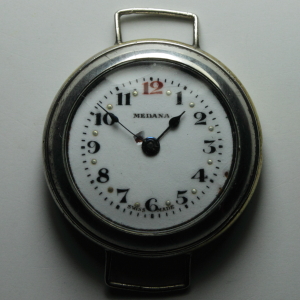
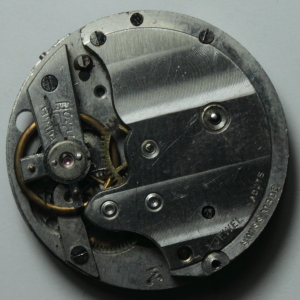
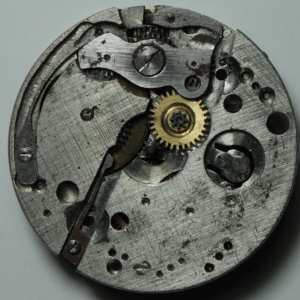
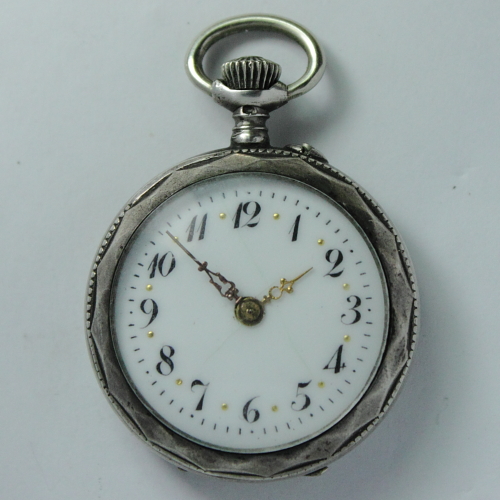
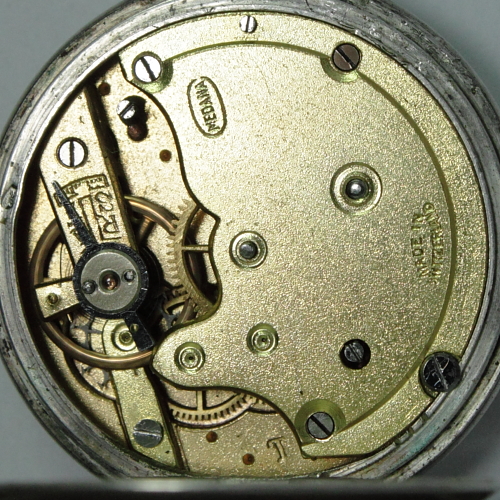
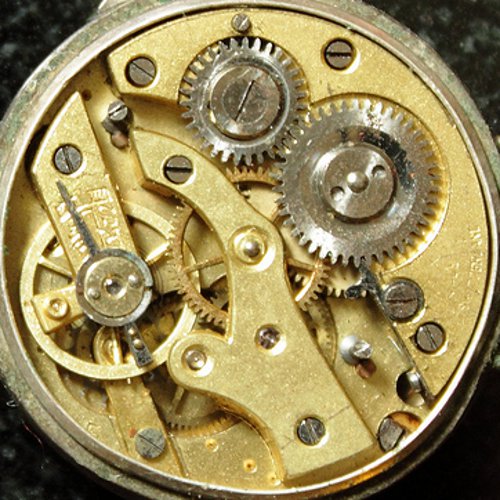
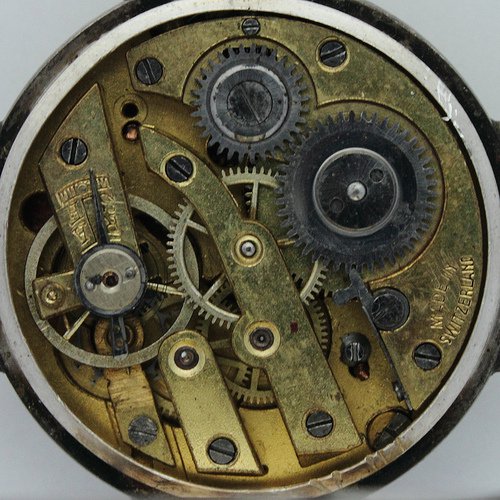
 So far I have only traced the 59 back to 1911, so it is possible that in fact it is a later calibre and certainly it outlasted the 41 at least in terms of popularity since examples dating into the 1920’s can be found fairly easily.
So far I have only traced the 59 back to 1911, so it is possible that in fact it is a later calibre and certainly it outlasted the 41 at least in terms of popularity since examples dating into the 1920’s can be found fairly easily. We see a very similar dial to that used on the 41’s of the same period. Unsurprisingly the calibre details follow the same pattern.
We see a very similar dial to that used on the 41’s of the same period. Unsurprisingly the calibre details follow the same pattern.











